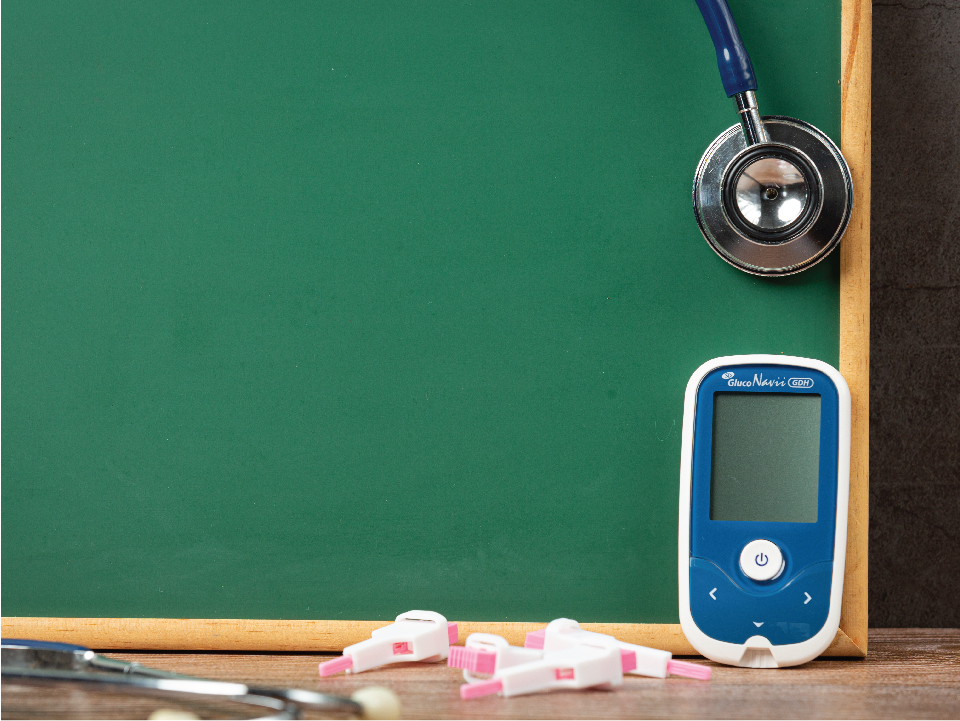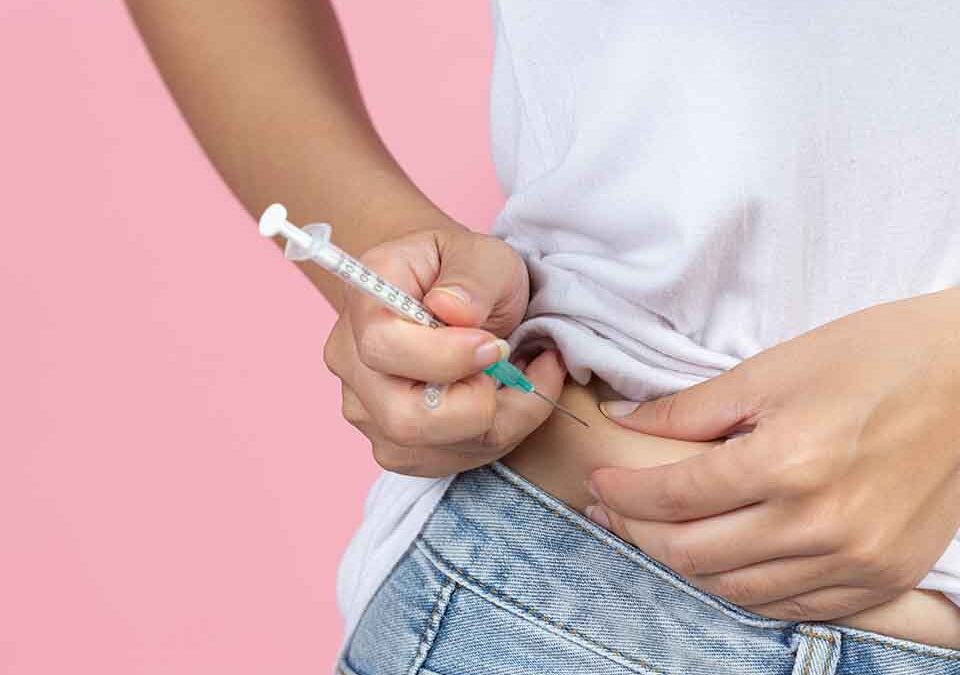
What’s The Connection Between Polycystic Ovarian Syndrome (PCOS) And Diabetes?
April 28, 2021
What You Should Know About Diabetic Ketoacidosis
April 28, 2021Body
With an estimated 77 million diabetics, India is the second most affected country in the world, after China. Although diabetes can be managed, there is currently no cure for it. However, the
prediabetes, which is the precursor stage to diabetes can be reversed. A person is diagnosed with prediabetes if they have a blood sugar level that is between 140 and 199 mg/dl during an oral glucose tolerance test. Lifestyle changes including a healthy and balanced diet along with regular exercise can bring a person’s blood sugar level back to normal. Without intervention, prediabetes is likely to become type 2 diabetes within 10 years,
What is Prediabetes?
Prediabetes is also known as impaired fasting glucose or impaired glucose tolerance. It is a serious health condition that can lead to a variety of serious health conditions within a few years. In most cases, people are unaware that they have prediabetes because of the lack of symptoms. People who are overweight or obese are at a higher risk of prediabetes, espeically if their waist size is 35 inches or more as this could indicate insulin resistance. Age and family history are also primary factors for prediabetes. The word pre before diabetes means prior or before which is why the name suits the condition but also gives hope.
Signs you might be Prediabetic
Prediabetes is often asymptomatic so you will need to go for regular medical checkups to keep a track of your blood sugar levels. Some people notice darkened patches of skin on certain areas of their body including their neck, armpits, elbows, knuckles and knees. If you notice that you have become thirstier than usual or if you have blurred vision or cuts that are taking time to heal, it’s possible that you have moved from prediabetes to type 2 diabetes and you should visit your doctor as soon as possible.
Risk Factors for Prediabetes
- Overweight or obese
- Age over 45 years
- A parent or sibling with type 2 diabetes
- High-calorie diet with plenty of red meats, processed carbs and saturated and trans fats
- High cholesterol, high triglycerides, low HDL cholesterol, and high LDL cholesterol
- Lack of regular physical activity
- Polycystic ovary syndrome
- Sleep problems or working night shifts
- Smoking
- Past condition of gestational diabetes or gave birth to a baby who weighed more than 9 pounds
How to Prevent the Progression of Prediabetes to Type 2 Diabetes
A healthy diet and regular exercise are the first steps to preventing the progression of prediabetes. Cut back on unhealthy high-carb foods, especially junk food and instead increase your intake of fresh fruits, veggies, legumes, nuts, fish, lean meats and whole grains. You should also aim for 150 minutes of moderate aerobic physical activity a week or about 30 minutes a day for 5 days a week. If you are overweight, you might need to reduce your portion sizes and lower your daily calorie intake in order to come down to a healthy weight range. Controlling your blood pressure and cholesterol will also help to reverse prediabetes.
Conclusion:
Prediabetes is a wake up call of sorts and taking action at this easy stage will help to prevent diabetes as well as common diabetes comorbidities such as hypertension, hyperlipidemia and cardiovascular disease. If you have two or more prediabetes risk factors, you should schedule regular glucose tests to make sure that this condition is detected as early as possible.




